Disclosure: This article contains affiliate links. We may earn a commission from purchases at no extra cost to you, which helps our travel content.
The moment my feet touched down in Holguín province, I knew this wasn't the Cuba of vintage postcards and tourist brochures. Here in eastern Cuba, far from Havana's well-worn paths, I found a landscape of contradictions – pristine beaches without the crowds, mountains shrouded in mystery, and a cultural authenticity that hadn't been polished for tourist consumption. As a solo female traveler who's trekked through Himalayan passes and navigated Tokyo's labyrinthine subway system, I found Holguín to be that rare destination that still rewards the intrepid while remaining remarkably accessible.
Preparing for Cuba's Beautiful Contradictions
Before diving into Holguín's treasures, understand that Cuba demands a different kind of preparation than most destinations. The dual-currency system has officially ended, but the economic reality remains complex. I exchanged dollars for euros before arrival (avoiding the 10% penalty on USD exchanges) and brought more cash than I typically would since American cards don't work here.
The internet situation requires advance planning too. While Wi-Fi has improved dramatically since my first visit years ago, connectivity remains spotty and primarily available in designated hotspots. I purchased a portable Wi-Fi device before my trip, which proved invaluable for occasional navigation and emergency contact with family.
Packing light but strategic is essential. Beyond the usual suspects (sunscreen, insect repellent), I brought a water purifier bottle which saved me from buying countless plastic bottles while ensuring safe drinking water. Cuba's infrastructure can be unpredictable, and having clean water on demand provided peace of mind during long day trips to remote beaches and mountain villages.
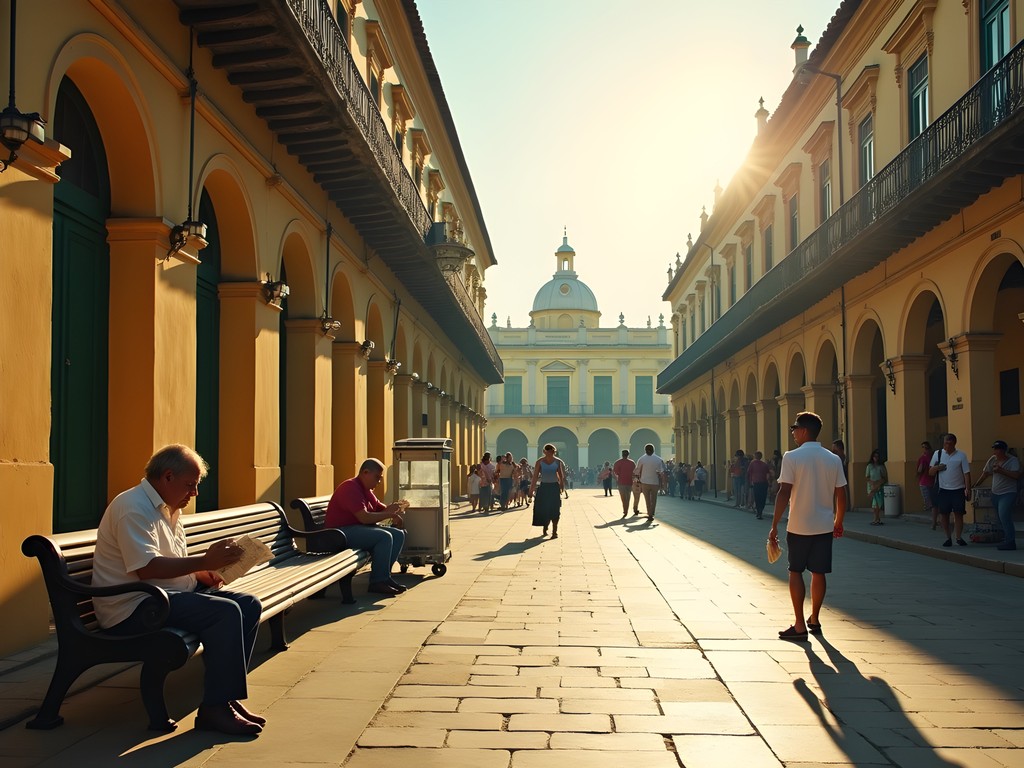
💡 Pro Tips
- Bring more cash than you think you'll need – at least $50-75 per day for mid-range travel
- Download maps.me and save offline maps of Holguín province before arrival
- Learn basic Spanish phrases – outside resorts, English proficiency is limited
Finding Safe, Authentic Accommodation
Forget impersonal hotel chains – in Holguín, casas particulares (private homestays) offer the sweet spot between comfort, affordability, and cultural immersion. These government-licensed accommodations in family homes provided my safest and most memorable experiences.
In Holguín city, I stayed with Marta, whose colonial casa near Parque Calixto García featured high ceilings, vintage furniture, and breakfasts that became morning masterclasses in Cuban cuisine and history. For around $25-35 per night, you get a private room, bathroom, and often the most valuable travel resource: a local host invested in your safety and experience.
For beach time, I split my stay between Guardalavaca and the less-developed Playa Esmeralda. While resorts dominate these areas, I discovered several casas in nearby villages that offered transportation to beaches. My favorite find was Villa El Bosque in Guardalavaca, where my room opened to a garden bursting with orchids and hummingbirds.
Pro tip: While many casas now appear on booking sites, the best ones often rely on word-of-mouth. I found my favorite stays through recommendations from previous hosts. Bring a portable door lock for added security and peace of mind, though I rarely felt it necessary.
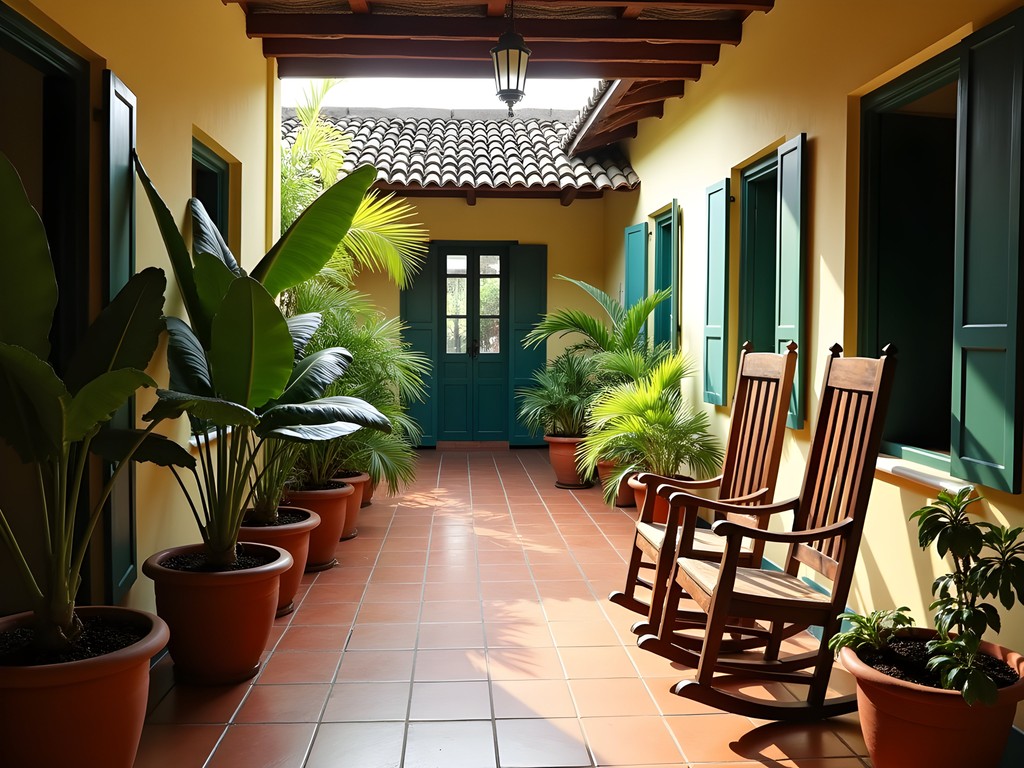
💡 Pro Tips
- Always request your host's phone number before arrival for easier navigation
- Confirm if your casa offers meals – home-cooked dinners are often the best food you'll eat in Cuba
- Ask hosts about local transportation options before booking excursions through agencies
Beyond Beaches: Holguín's Hidden Mountain Magic
While Holguín's beaches rightfully earn their reputation, it was the province's mountainous interior that captured my soul. The Sierra del Cristal and Pinares de Mayarí regions offer a completely different Cuba – one of cloud forests, hidden waterfalls, and coffee plantations where time seems suspended.
Arranging transportation requires patience but delivers rewards beyond measure. I hired a local guide through my casa host in Holguín city for a day trip to Pinares de Mayarí, about two hours from the city. The pine-scented air at 2,000 feet elevation provided welcome relief from coastal heat, while trails led to viewpoints where the Caribbean stretched endlessly blue below.
Bring sturdy hiking shoes as paths can be muddy and uneven. My pair proved essential when an afternoon thunderstorm transformed dirt trails into slick challenges. For these excursions, I also relied heavily on my quick-dry hiking pants which performed beautifully through sweat, rain, and river crossings.
The true highlight came in Cayo Saetía, a former hunting reserve turned nature park. This semi-wild island accessible by causeway hosts zebras, antelope, and other non-native species in a surreal Caribbean setting. Arrange a jeep tour through local operators in Holguín city rather than through resorts – you'll pay half the price for the same experience.
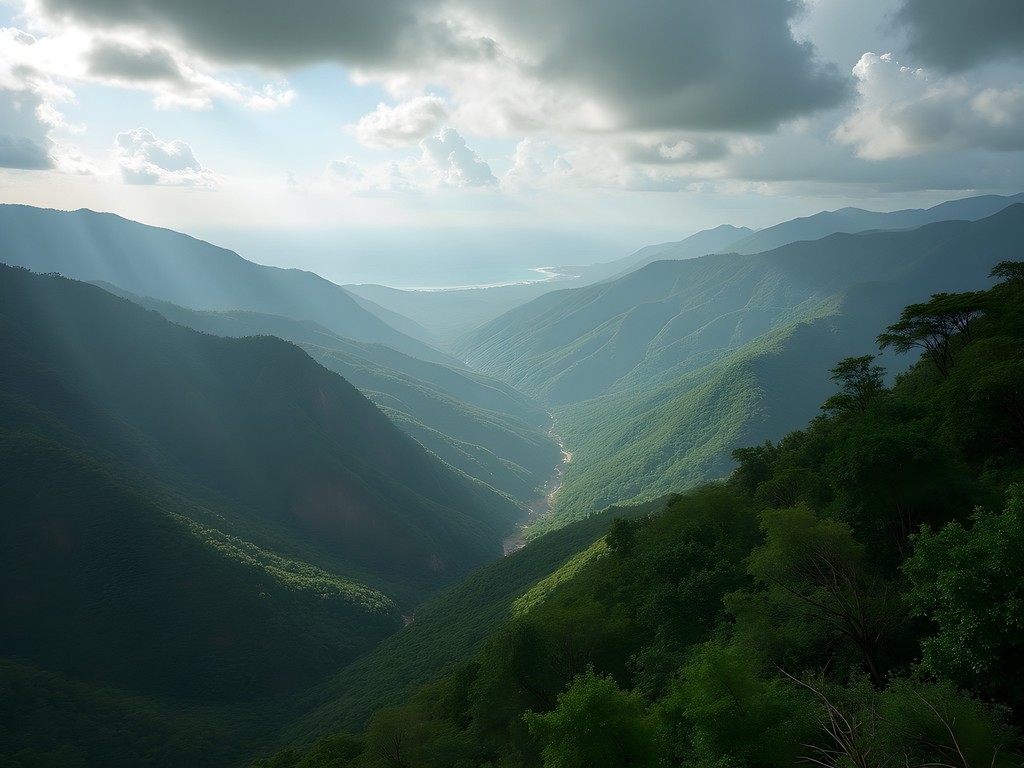
💡 Pro Tips
- Visit Salto del Guayabo waterfall early morning to avoid afternoon crowds
- Pack a light rain jacket regardless of season – mountain weather changes rapidly
- Bring small denomination bills for rural areas where change is scarce
Navigating Cuban Culture: Connection Beyond Language
As a solo female traveler, I found Holguín to be remarkably welcoming, though not without its challenges. The infamous jineteros (hustlers) are less prevalent here than in Havana, but remain part of the landscape. A firm but friendly 'no, gracias' usually suffices, though I occasionally deployed my well-practiced 'already have a guide' white lie when persistence became an issue.
The key to meaningful connection is approaching conversations with genuine curiosity rather than assumptions. Cubans are proud, educated people navigating complex realities, and appreciate visitors who recognize this nuance. My background in journalism taught me to ask open questions and listen more than speak – an approach that opened doors to authentic experiences no guidebook could reveal.
Music provides the easiest entry point to Cuban culture. In Holguín city, I discovered Casa de la Trova, where local musicians perform traditional son and trova music nightly. For around $5 entrance fee (including one drink), you'll experience multi-generational Cubans dancing, singing, and celebrating their cultural heritage. I brought a compact travel speaker which facilitated impromptu dance parties with new friends on beaches and rooftops.
Religious syncretism fascinates me, and Holguín offers rich opportunities to explore Santería traditions. The annual pilgrimage to the Hill of the Cross (Loma de la Cruz) demonstrates how Catholic and African spiritual practices have blended into something uniquely Cuban. Approach these sites with respect – ask permission before photographing religious ceremonies or altars.
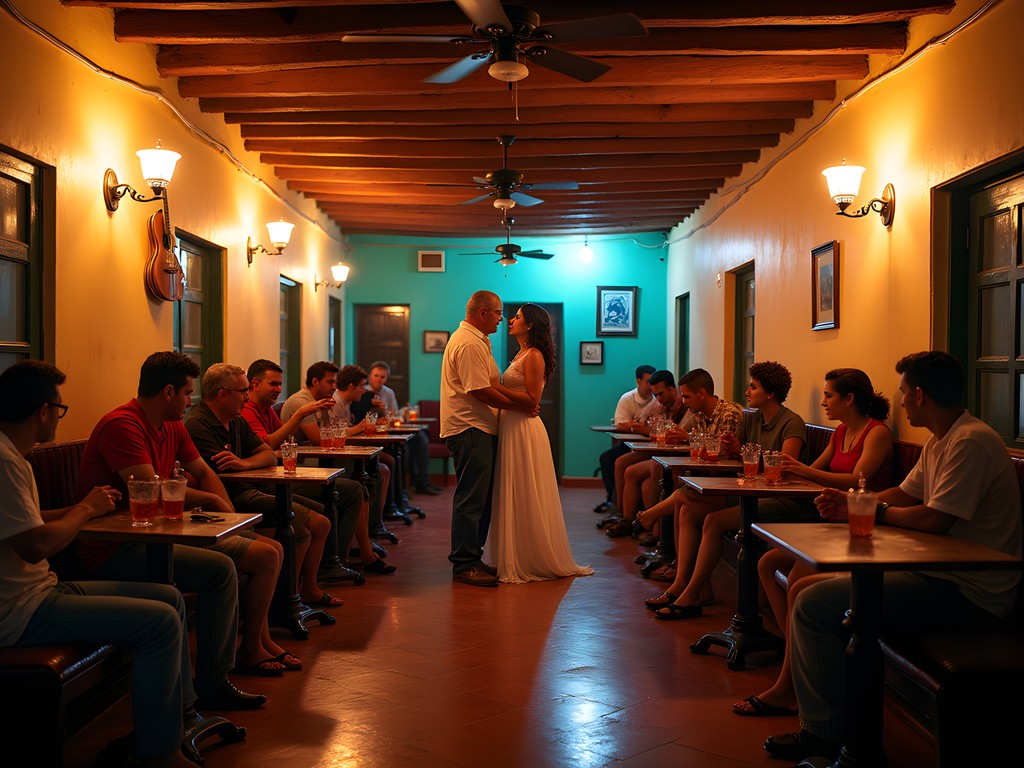
💡 Pro Tips
- Learn basic salsa steps before your trip – dancing transcends language barriers
- Bring small gifts for hosts and new friends – art supplies, spices, or beauty products are appreciated
- Visit markets early when produce selection is best and temperatures cooler
The Solo Woman's Safety Guide to Holguín
Let's address the elephant in the room: safety concerns often top the list for women considering solo travel in Cuba. My experience in Holguín was overwhelmingly positive, though not without moments requiring street smarts and boundary-setting.
Catcalling (piropos) remains common, though it typically manifests as exaggerated compliments rather than threatening behavior. I found the most effective response was brief acknowledgment without engagement – a quick nod while continuing to walk purposefully. In two weeks, I never encountered anything beyond verbal attention.
Night safety surprised me positively. Holguín's streets remain active with families and neighbors chatting until late hours, creating natural community surveillance. Still, I avoided isolated areas after dark and carried a compact flashlight for power outages and poorly lit streets.
Transportation deserves careful consideration. For intercity travel, Viazul buses offer reliable, air-conditioned service, though schedules can be limited. Within cities, official taxis (with yellow license plates) provide safe, metered transportation. For day trips, I occasionally shared costs with other travelers from my casa, combining safety with savings.
My most valuable safety tool was situational awareness, honed through years of solo travel. I carried a anti-theft crossbody bag with RFID protection and slash-resistant straps – perhaps overkill for Holguín, but the peace of mind allowed me to focus on experiences rather than worrying about belongings.
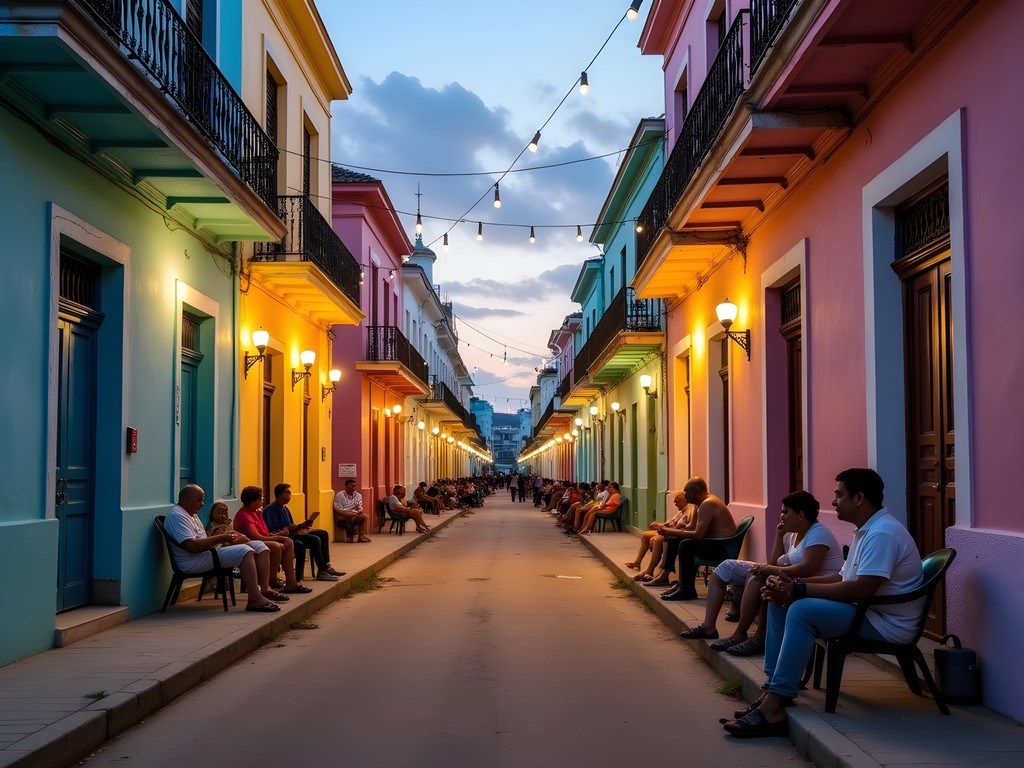
💡 Pro Tips
- Share your itinerary with hosts each morning – they'll often offer safety advice for specific areas
- Carry a photocopy of your passport while leaving the original in your accommodation safe
- Trust your intuition – if a situation feels uncomfortable, extract yourself politely but firmly
Final Thoughts
As my final evening in Holguín arrived, I found myself on the rooftop of my casa particular, sharing homemade rum cocktails with my host family and fellow travelers from Germany and Canada. The conversation flowed between broken Spanish, English, and laughter – that universal language that needs no translation. Below us, the city hummed with life as neighbors called to each other across balconies and children played impromptu baseball with sticks and bottle caps.
Holguín had revealed itself slowly, like a friend who shares deeper secrets only after earning trust. Beyond the picture-perfect beaches and colonial architecture, I discovered a resilient spirit that transforms scarcity into ingenuity, strangers into family, and simple moments into profound joy.
For the solo female traveler willing to embrace flexibility, Holguín offers that increasingly rare opportunity: genuine discovery. Come with respect, patience, and curiosity, and Cuba will respond in kind. Pack light but bring an open heart – in the end, that's the only essential item for understanding this complex, beautiful corner of Cuba that tourist brochures barely begin to capture.
✨ Key Takeaways
- Holguín offers a safer, more authentic alternative to Cuba's more touristed western provinces
- Casa particulares provide the perfect balance of cultural immersion, local knowledge, and security for solo female travelers
- Learning basic Spanish dramatically enhances your experience and safety in eastern Cuba
- Venture beyond beaches to discover Holguín's mountain regions for Cuba's most rewarding natural experiences
📋 Practical Information
Best Time to Visit
November through April (dry season)
Budget Estimate
$50-75/day for mid-range travel
Recommended Duration
10-14 days
Difficulty Level
Moderate
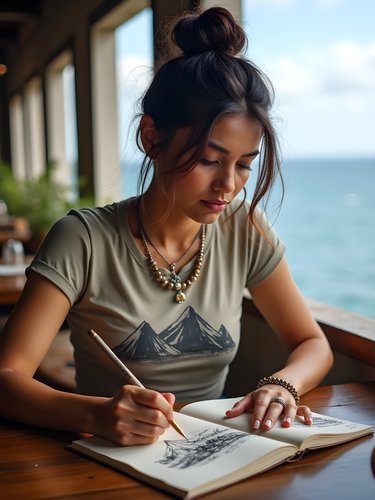
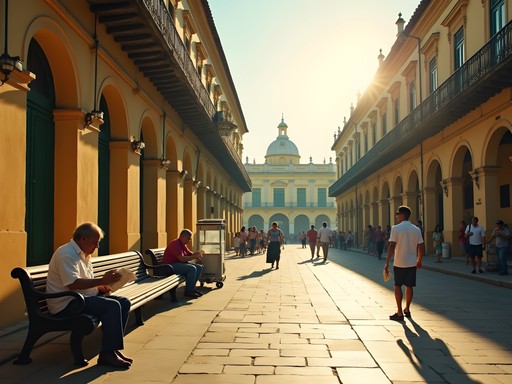
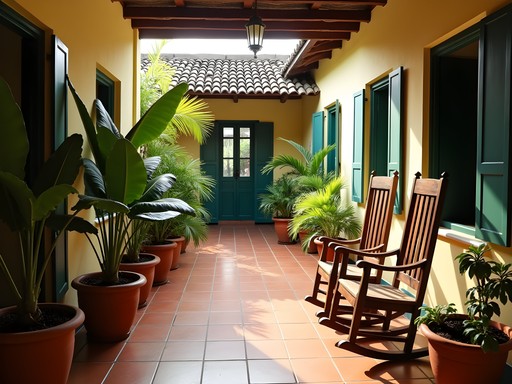
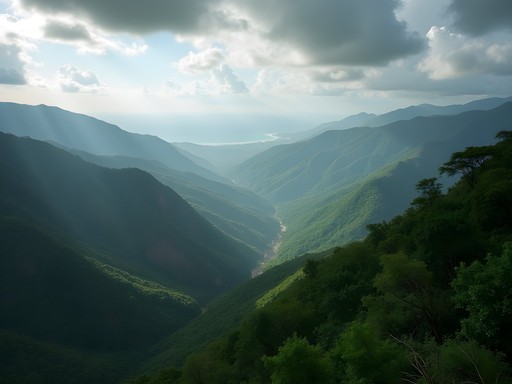
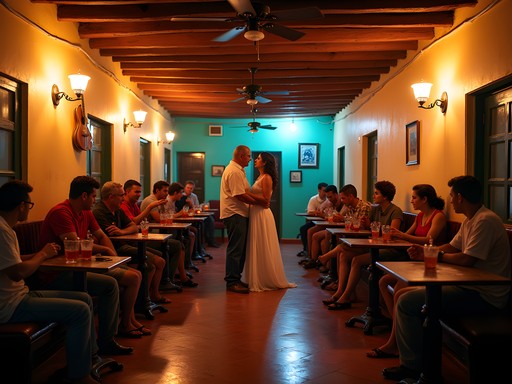
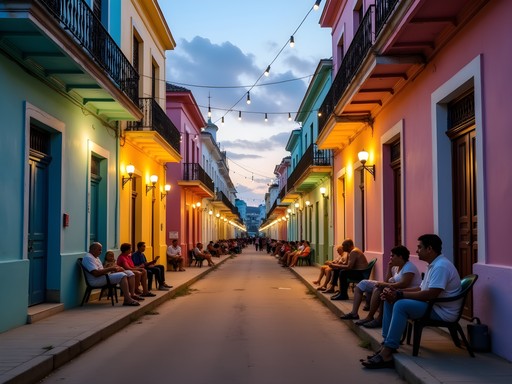
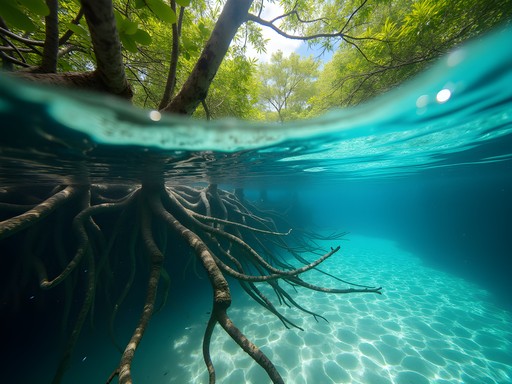
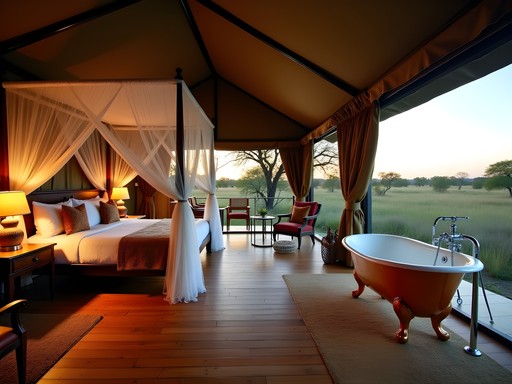
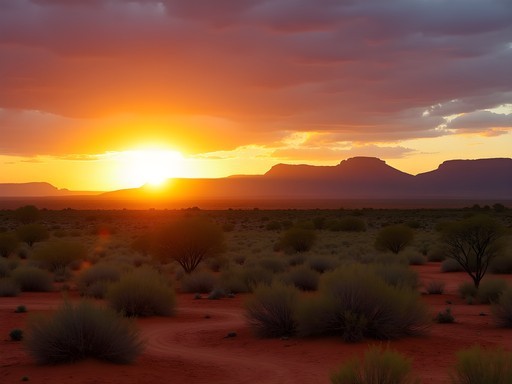
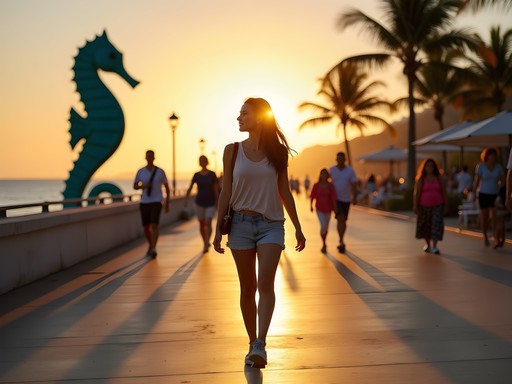

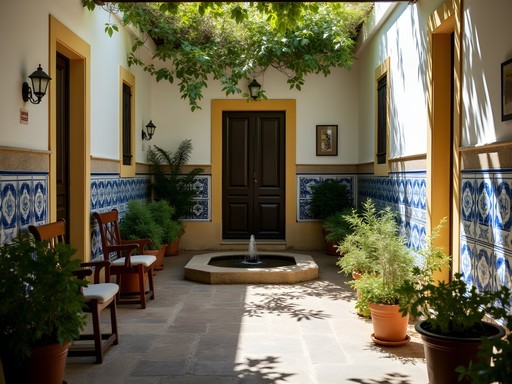
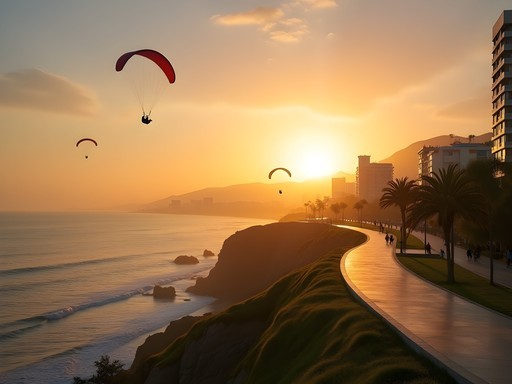
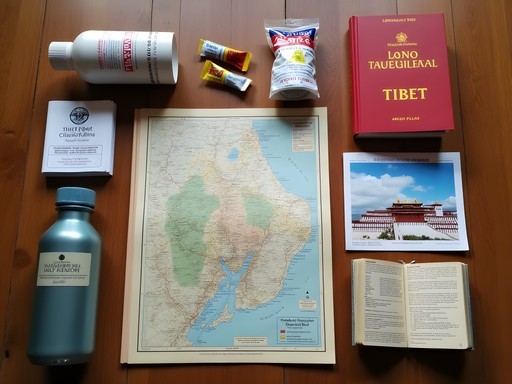
Comments
Bryce Diaz
Emma, your description of navigating Holguín's public transportation brought back so many memories! When I was in Cuba (though only in Havana and Viñales), those shared taxis were absolutely the highlight of my trip. The conversations you have with locals in those packed cars are priceless. I'm curious though - how did you handle the dual currency situation in more rural areas? I found even in Havana that was the most confusing part of my trip, especially when trying to use cards vs cash. Your casa particular sounds incredible - those rooftop drinks with the host family is exactly the kind of authentic connection that makes solo travel so rewarding.
tripfan
I'm planning a Cuba trip next year and I'm also confused about the currency situation. Did you find ATMs reliable there?
winterzone
This is exactly the kind of off-the-beaten-path Cuba guide I've been looking for! Those mountain photos are stunning!
Bryce Diaz
Right? Emma always finds the spots most tourists miss. I visited Havana last year but clearly need to get to Holguín next time!
winterzone
Totally agree! I'm much more interested in these authentic experiences than the typical tourist spots.